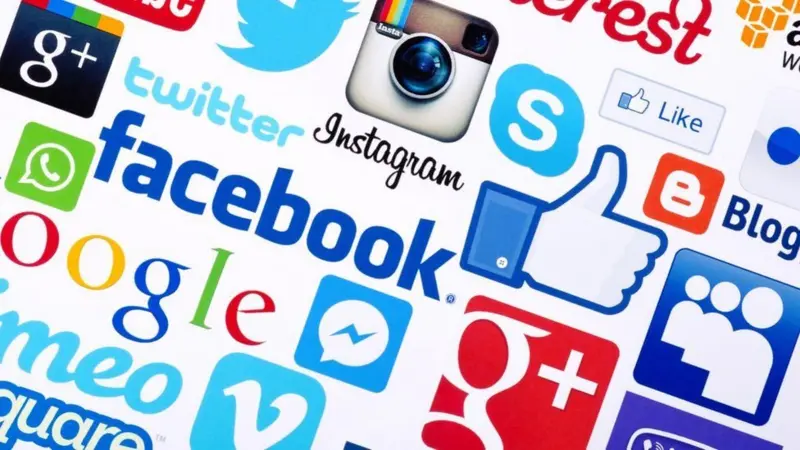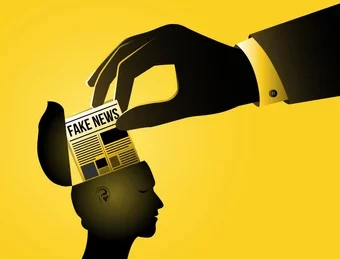“Media builds stories, media spreads stories, media makes people aware of stories.”
Herman and Chomsky proposed the Propaganda Model, emphasizing that media control and manipulate consumers through economic, social, and political mechanisms in capitalist society (Herman, E.S. and Chomsky, N., 2021.). They point out that the relationship between the media and power structures in modern society is complicated. However, with the development of science and technology, Internet platforms occupy the mainstream position of information dissemination. This blog will try to analyze the social media platforms we use in combination with the Propaganda Model.

Unlike traditional media that relies on physical mediums for dissemination, social media’s virtual dissemination has more users. The transition from traditional media to social media means that viewers go from being “cognitive receivers” to “cognitive producers,” and anyone can express their unique views on social media (Tuten, T.L., 2008.). This to some extent undermines the objectivity of news as mentioned in the Propaganda Model, and helps promote more impartial reporting. Media outlets will avoid reporting news that harms the interests of their sources, but non-interested parties can maintain a relatively neutral stance when reporting on social media.
When we open any social media, we will find the existence of advertisements. As the media’s most important revenue source, this promotion model ultimately results in the media being indifferent to the audience on either side, who are interested in accurately delivering content and increasing advertising. In TikTok in China, the form of advertising has changed from a separate page to a part of content creation, you can find ads in any content creator’s videos, and even some content is made to insert ads. This behavior may be a new model for advertising, but it also consumes the audience’s trust in the platform and creators.

Should We Trust the Social Media???
Despite the fact that social media has created a relatively fair arena for speech, this does not mean that it is completely equal (Schradie, J., 2012.). Media oligarchs create media hegemony on social media by supporting KOLs as opinion leaders; capital and power organizations manipulate platform algorithms to change the focus of events, etc. Media hegemony suppresses the expression of different views (Altheide, D.L., 1984.), and makes the digital society homogeneous.
The emergence of social media has broken the traditional media propaganda channels and disseminated information to reader groups in a more fragmented way. However, the propaganda model still has some role in today’s social media because the source of creating media hegemony has not disappeared fundamentally. While we are obtaining information from social media, we should also think about whether we need to align ourselves with the author’s attitude.
Reference
Altheide, D.L., 1984. Media hegemony: A failure of perspective. Public opinion quarterly, 48(2), pp.476-490.
Herman, E.S. and Chomsky, N., 2021. Manufacturing consent. In Power and Inequality (pp. 198-206). Routledge.
Schradie, J., 2012. The trend of class, race, and ethnicity in social media inequality: Who still cannot afford to blog?. Information, Communication & Society, 15(4), pp.555-571.
Tuten, T.L., 2008. Advertising 2.0: Social media marketing in a web 2.0 world. Praeger Publishers.

